#ancient scotland
Text

Pict boar Pict boar Pict boar
#I say Pict boar but I’m not sure of the actual date#anyways please look at this handsome boy#I love Pictish art sooo much#archaeology#art#Ancient Scotland
1K notes
·
View notes
Text
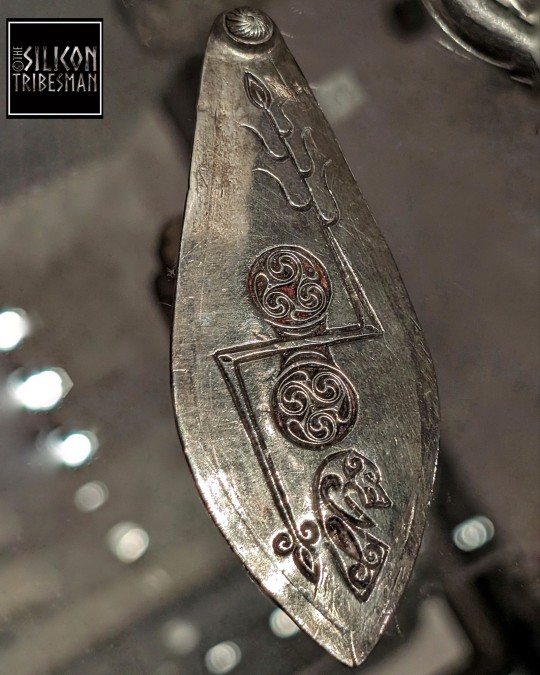
Norrie's Law Silver Pictish Plaque, The National Museum of Scotland, Edinburgh
#pict#Pictish#pictish symbols#ancient cultures#ancient craft#metalwork#metalworking#relic#Ancient Scotland#artefact#ancient design#silver#plaque#archaeology
93 notes
·
View notes
Text

#photooftheday#photography#blackandwhite#original#monochrome#artists on tumblr#an original#photoshoot#original photography blog#lensblr#ancient scotland#kirkculbright#yeswearemagazine#pws special
16 notes
·
View notes
Text
Vallum Hadriani
Currently reminiscing of my time spent at Hadrian's Wall a few years ago! Itching to get back and explore!

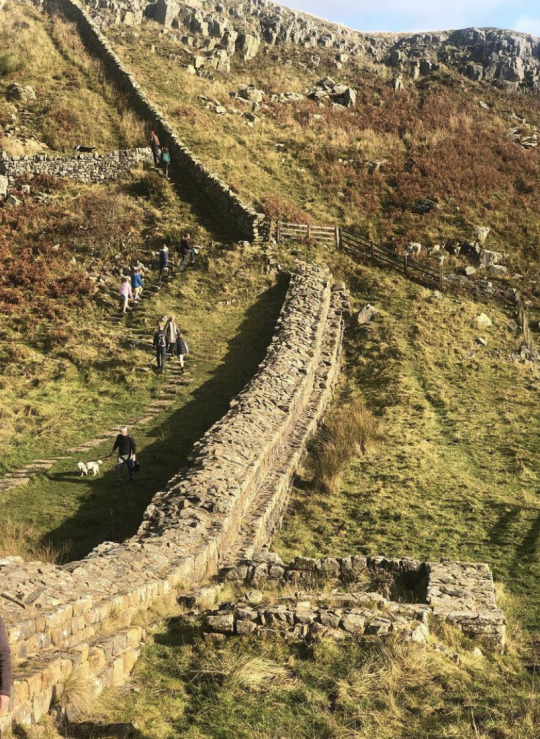
We visited as part of a university trip during our course dedicated to Hadrian's Wall! This segment was reached on foot after a (very long) drive, and is close to the Sycamore Gap! (which unfortunately we didn't make it far enough along to see).


We also visited various forts and milecastles, along with their assoicated museums - which will most likely recieve their own, seperate post in due course!

Even if you're not interested in ancient history, you can't deny the beauty and might of Hadrian's Wall!
#hadrians wall#roman britain#ancient rome#ancient history#ancient britain#vallum hadriani#vallum aelium#roman frontiers#roman fort#roman military#english countryside#english country#northern england#emperor Hadrian#hadrian#ancient scotland#scottish history#scottish archaeology#roman archaeology#university of edinburgh#edinburgh university#chaotic academia#roman milecastle#sycamore gap#scottish youtuber#there is a certain species of lychen that only grows on roman mortar but I cant remember the name of it#and its present along the line of the wall so thats kinda cool#therefore materials were brought all the way from rome to build this massive wall#very cool if you ask me#archaeolorhi
17 notes
·
View notes
Text


~ Shoes.
Culture: Romano-British
Place of origin: Roman site of Newstead (Trimontium), Roxburghshire, Scotland, Northern Europe
Medium: Leather; thistle-shaped tab at the back
#ancient#ancient art#history#museum#archeology#ancient history#archaeology#roman#shoes#leather#romano British#Trimontium#scotland
1K notes
·
View notes
Text

Scotland
770 notes
·
View notes
Text

A hoard of Roman nails found at Inchtuthil, Perth and Kinross, Scotland, circa 87 AD. After the Roman army abandoned their forward fortification on the site they buried 875,400 iron nails on the site to prevent the enemy Caledonian tribes reforging the iron for weapons.
604 notes
·
View notes
Text
Scotland’s Orkney Islands are home to an astonishing number of neolithic sites. From the settlement of Skara Brae to the Broch of Gurness, the islands are full of mysteries.
182 notes
·
View notes
Text
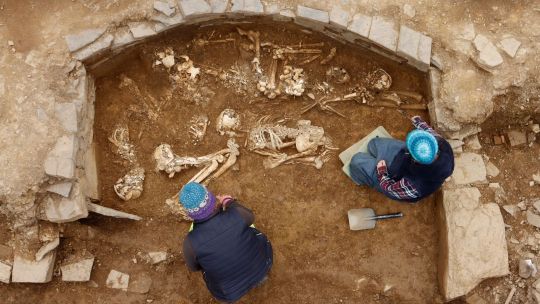
'Incredibly Rare' 5,000-Year-Old Tomb Discovered in Orkney, Scotland
A three-week excavation took place at the Neolithic site at Holm.
Archaeologists have discovered the ruins of an "incredibly rare" 5,000-year-old tomb in Orkney.
Fourteen articulated skeletons of men, women and children were unearthed at the Neolithic site at Holm on the mainland.
Experts from National Museums Scotland (NMS) and Cardiff University also uncovered additional human bones following a search for the tomb's precise location.
Volunteers and students from the University of Central Lancashire made other discoveries during the three-week excavation, including finding further remains, pottery, stone tools and a bone pin.
NMS said the Neolithic site had been buried beneath a pasture field after it had been largely destroyed without record in the late 18th or early 19th century to supply building stone for a nearby farmhouse.
In 1896, the farmer's son found eight skeletons at the site alongside traces of walling, a stone macehead and ball.

The Orcadian's report on the discovery featured local antiquary James Walls Cursiter, who speculated that the site was a ruined tomb - which prompted the location of the 2023 search.
The excavation was led by Dr Hugo Anderson-Whymark, of NMS, and Professor Vicki Cummings, of Cardiff University.
It targeted anomalies recorded via a geophysical survey undertaken in 2021.
It revealed traces of a cairn more than 15m in diameter, which contained a stone structure accessed through a 7m-long passage.
The archaeologists said a stone chamber lay at the centre of the cairn, and this was surrounded by six smaller side cells that once had corbelled stone roofs.
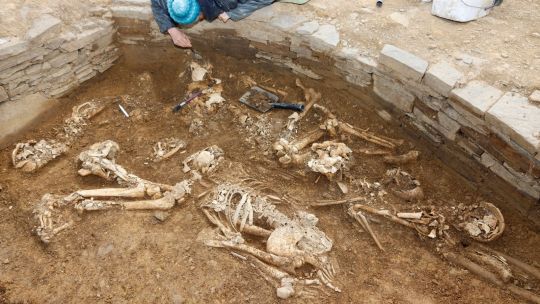
These features allow the tomb to be classed as a "Maes Howe-type" passage grave.
Only 12 tombs of this type are known in Orkney - including Maes Howe, Cuween and Quoyness - and are considered the "pinnacle of Neolithic engineering" in northern Britain.
Dr Anderson-Whymark said: "Orkney is exceptionally rich in archaeology, but we never expected to find a tomb of this size in a such a small-scale excavation.
"It's incredible to think this once impressive monument was nearly lost without record, but fortunately just enough stonework has survived for us to be able understand the size, form and construction of this tomb."


Professor Cummings added: "The preservation of so many human remains in one part of the monument is amazing, especially since the stone has been mostly robbed for building material.
"It is incredibly rare to find these tomb deposits, even in well-preserved chambered tombs, and these remains will enable new insights into all aspects of these peoples' lives."
By Jenness Mitchell.

#'Incredibly Rare' 5000-Year-Old Tomb Discovered in Orkney Scotland#ancient tomb#ancient grave#ancient artifacts#archeology#archeolgst#history#history news#ancient history#ancient culture#ancient civilizations
195 notes
·
View notes
Text
Trimontium Roman Fort
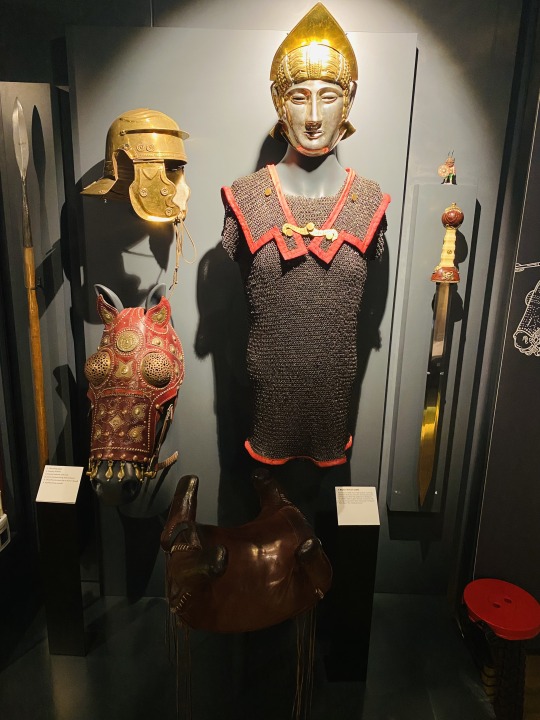
A departure from the Early Modern period to do a thread about the Roman fort of Trimontium in what is now the Scottish borders. I visited the museum at the weekend, and it was great! 1/14
Trimontium, now called Newstead, was first built about around 80 AD, during the Roman General Agricola’s invasion of Caledonia. It stood for over a century in an area known as Trimontium – between three hills.
The land had been occupied by native tribes since at least the Iron Age, with multiple settlements existing on the slopes surrounding the fort.
It served as a military base in Caledonia, and seems to have primarily been a cavalry depot for long periods – there are lots of horse remains, as well as these helmets and ceremonial faceplates belonging to Roman cavalrymen.


The XX Legion spent time there (as did the VIII, earlier on), as evidenced by the remains of this plaque.

A Roman soldier’s service record!

The fort’s strategic function shifted over time –it was a bulwark existing beyond Hadrian’s Wall, then after the construction of the Antonine Wall further north it became more of a logistical hub, then resumed being a frontier fort after the Antonine Wall’s abandonment.


Small settlements sprung up around the fort’s walls, and it is likely there were regular peaceful contact with the surrounding tribes. However there is also evidence of conflict. Roman forts came under sustained attack across several periods, and it looks as though when the fort was finally abandoned, it was done so in a hurry.

As per soldiers from the Ancient World to modern-day Iraq and Afghanistan, when the troops move out they leave a lot behind – lucky for the archaeologists and historians.
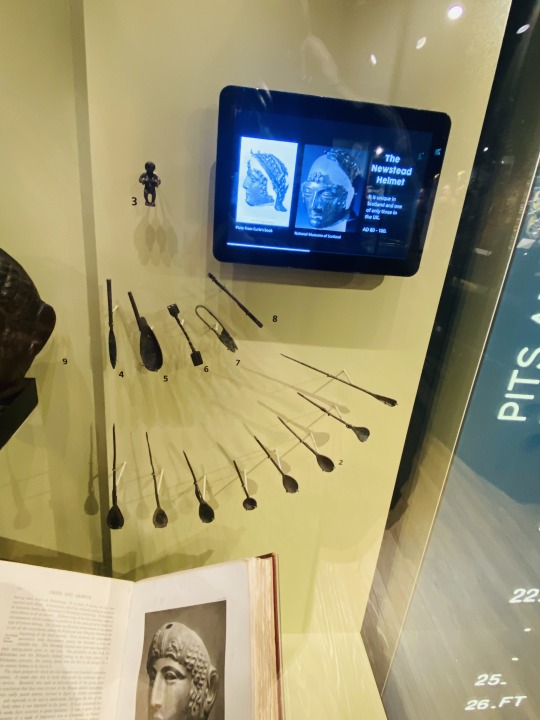
I am amused by how miserable Roman soldiers must have been after getting assigned to northern Britain. The ends of the earth indeed! I also do scoff at the whole “I think about Rome every day” meme, but I can see the allure, and I find it extremely interesting comparing and contrasting what I know about 18th c. militaries with the Roman Army. There were definitely a fair few things that I think the Romans were better at, especially when it comes to organisation, logistics and efficiencies!

#history#military history#roman history#scottish history#scotland#scottish#rome#roman#roman empire#ancient history#classics#classical history
51 notes
·
View notes
Text
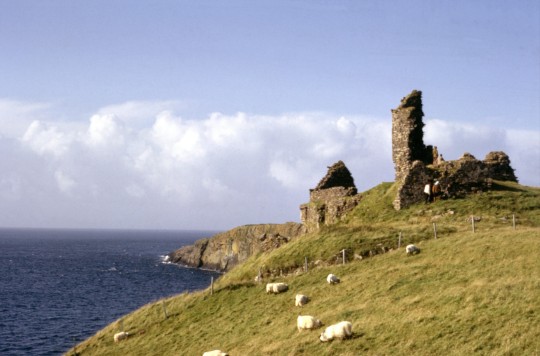
Duntulm Castle on Skye
#duntulm castle#united kingdom#united#kingdom#uk#Scotland#Skye#isle of skye#great britain#british islands#scottish#british nature#mother nature#nature#landscape#castle#ancient ruins
141 notes
·
View notes
Text
A dank, mysterious alleyway in old Edinburgh on a rainy night
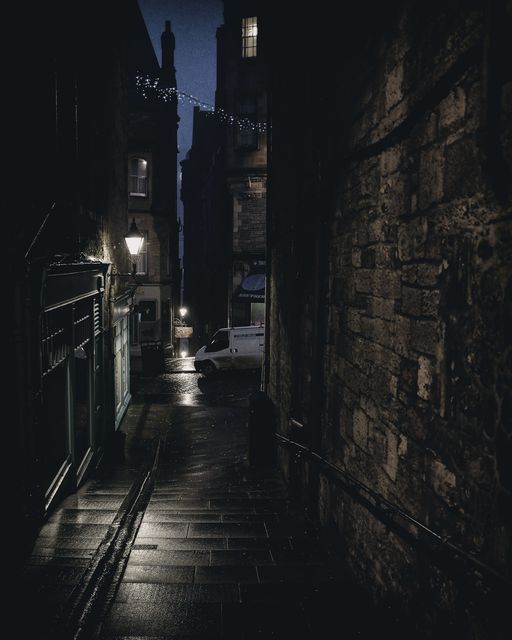
The backstreets of this ancient capital fill the soul with gothic wonder
#Edinburgh#Scotland#capital city#alleyway#atmospheric#misty#ancient stone#moody aesthetic#night photo#gothic#mysterious#mediaeval#architecture#timeless#my heritage
129 notes
·
View notes
Text

Palaeolithic Hand Axe, Pre 10,500 BCE, Stewartry Museum, Kirkcudbright, Dumfries and Galloway, Scotland
#ice age#stone age#bronze age#copper age#iron age#prehistoric#neolithic#mesolithic#paleolithic#prehistory#hand axe#stonework#stone tools#archaeology#ancient craft#ancient cultures#Ancient Scotland#wild living#flintwork
91 notes
·
View notes
Text
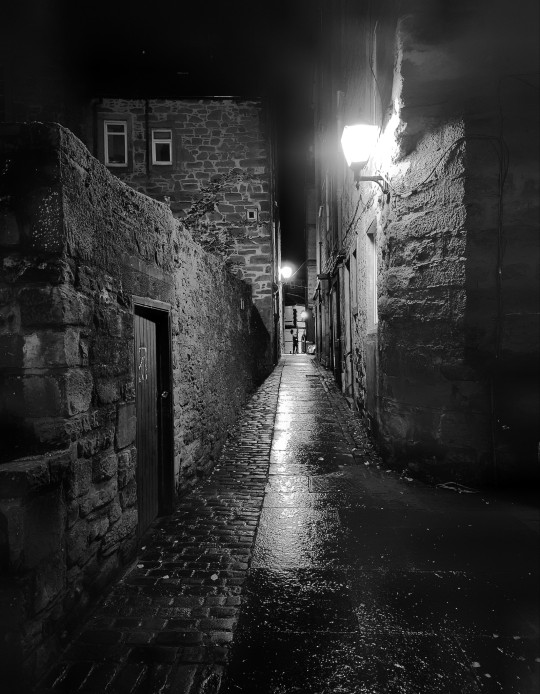
#photooftheday#photography#blackandwhite#original#artists on tumblr#an original#monochrome#photoshoot#original photography blog#lensblr#yeswearemagazine#pws photos worth seeing#pws special#beautiful night#rainy night#ancient scotland
25 notes
·
View notes
Note
Misinformation I burned to death several times as a teenager due to the long skirts I wore
sounds legit
just like how I've literally snapped in half while wearing a corset, every single time, and now my midsection is held together by a complex network of zipties
(in all seriousness, before anyone starts in with the Um Actuallys, yes your clothing can catch fire if it's too near an open flame. but I seldom see anyone talking about the 18th- or 19th-century fire risks of frock coats, tailcoats, capes, long sleeves, long scarves- I nearly caught a perfectly normal blouse sleeve on fire once while frantically trying to unplug a sparking extension cord at the museum -or indeed anything that's not a primarily feminine-coded garment)
(so...)
(also obviously Wool Smolders, You Tend To Be Better At Fire Safety If Fire Is An Unavoidable Part Of your Daily Life, Show Me The Reliable Primary Source Death Statistics; I'm Waiting, etc.)
#ask#anon#bad history#pop history#'Fanny Longfellow died because her hoop skirt caught fire!' she dropped a match IN HER LAP#OR BRUSHED IT AGAINST HER SLEEVE (accounts vary)#ANY GARMENT WOULD HAVE CAUGHT FIRE#and as for blaming any individual garment...it's like how skirts are hampering and impossible to move in until#one brings up ancient Rome or Scotland or any other society wherein men wore skirt-type garments#I don't see any historical fiction where Caesar envies the Gauls their trousers and is presented as Objectively Correct for doing so
58 notes
·
View notes